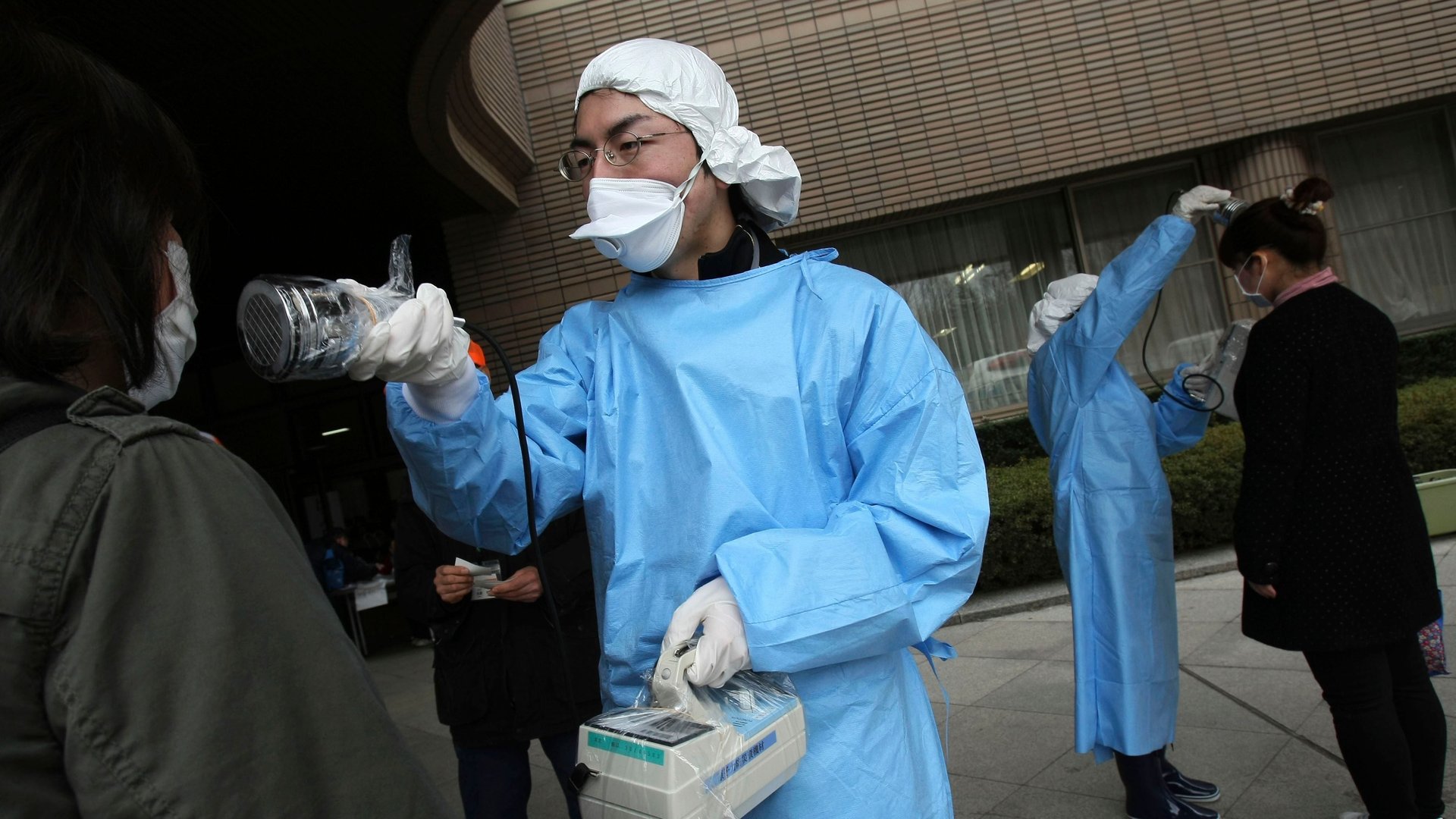The UN says Japan may be violating human rights by returning families to Fukushima
Seven years after the meltdown of the Fukushima Daiichi nuclear plant in Japan, families are moving back to the devastated region, because the Japanese government says it is safe.


Seven years after the meltdown of the Fukushima Daiichi nuclear plant in Japan, families are moving back to the devastated region, because the Japanese government says it is safe.
The United Nations disagrees. According to the UN, levels of radiation in the area are still too high for humans—especially children and women who may become pregnant—to live there safely.
The Japanese government has lifted habitation bans on parts of the contaminated area, with the intention to lift all such bans in the region over the next five years. In March of 2017, Japan ended housing subsidies for families who chose to evacuate from places that were affected by radiation but where evacuation was not mandatory. That decision is likely to have compelled many to return to Fukushima, according to the UN. Japan plans to end most housing programs for people who left mandatory evacuation zones by 2020.
But Japan is basing its assurances of safety on a significantly different standard than it used to determine “safe” radiation levels before the disaster: After the 2011 meltdown, Japan increased the dose of radiation considered safe from 1 millisievert per year to 20 millisieverts a year, according to the UN.
“The gradual lifting of evacuation orders has created enormous strains on people whose lives have already been affected by the worst nuclear disaster of this century,” Baskut Tuncak, the UN Special Rapporteur on hazardous substances and wastes, said in a statement on Oct. 25. “Many feel they are being forced to return to areas that are unsafe, including those with radiation levels above what the [Japanese] government previously considered safe.”
Tuncak said it was “disappointing to see Japan appear to all but ignore” recommendations from UN human rights monitors to return to its original standard of acceptable radiation levels.
Everyone is exposed to radiation in daily life. For example, the average dose in the United States is 6.2 millisieverts per year, according to the country’s Environmental Protection Agency. An increased risk of cancer is detectable in adults exposed to doses starting at roughly 100 millisieverts a year, according to the Guardian’s reporting. A cumulative exposure of 1,000 millisieverts, either in an acute dose or over a year, is likely to lead to a fatal cancer in five out of every 100 persons, according to Reuters. The highest dose of radiation measured at the Fukushima Daiichi plant on March 14, 2011, three days after the meltdown, was 400 millisieverts per hour.
But all these exposure limits are for adults. Children are much more sensitive to radiation. Japan has a duty to “prevent and minimize” childhood exposure to radiation, according to the UN, and a failure to do so would be a violation of the UN Convention on the Rights of the Child, to which Japan is a party.
A representative from the Japanese delegation to the UN told the Nikkei Asian Review that they were in “strong opposition” to the report. “To date, the government continues its effort to attain the long-term target for individual additional dose of exposure to radiation per year to within 1 millisievert,” the representative said, and added that the UN report propagates Fukushima’s negative reputation.
The representative also said that the 20 millisieverts per year limit was in line with the 2007 recommendations of the International Commission on Radiological Protection, but a review of those recommendations does not substantiate that claim. Since 1985, the Commission has recommended that any public be exposed to no more than a 1 millisievert dose per year. In “special circumstances,” a higher dose can be “allowed in a single year,” the Commission writes, provided that the average exposure over a five-year period still does not exceed 1 millisievert per year.
A dose of 20 millisieverts per year is only acceptable for “occupational” exposure, according to the Commission, where someone has taken a job in a place where radioactive exposures are unavoidable.